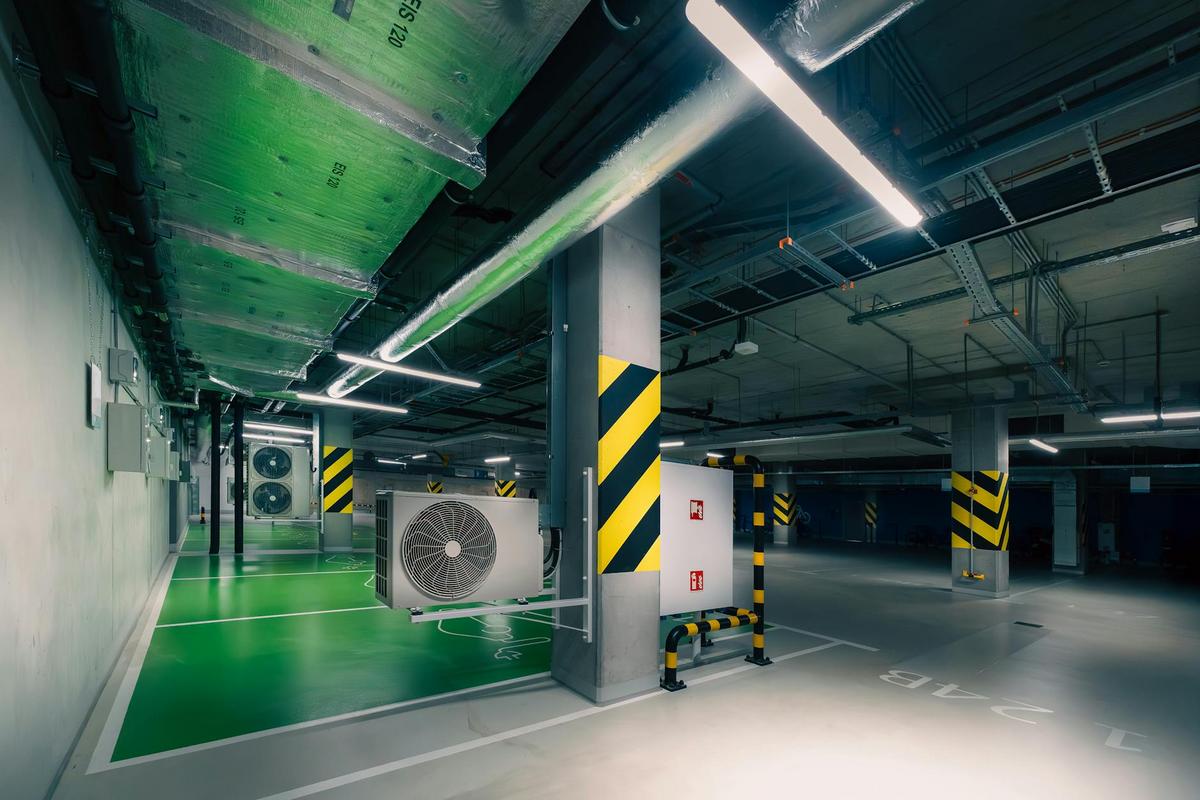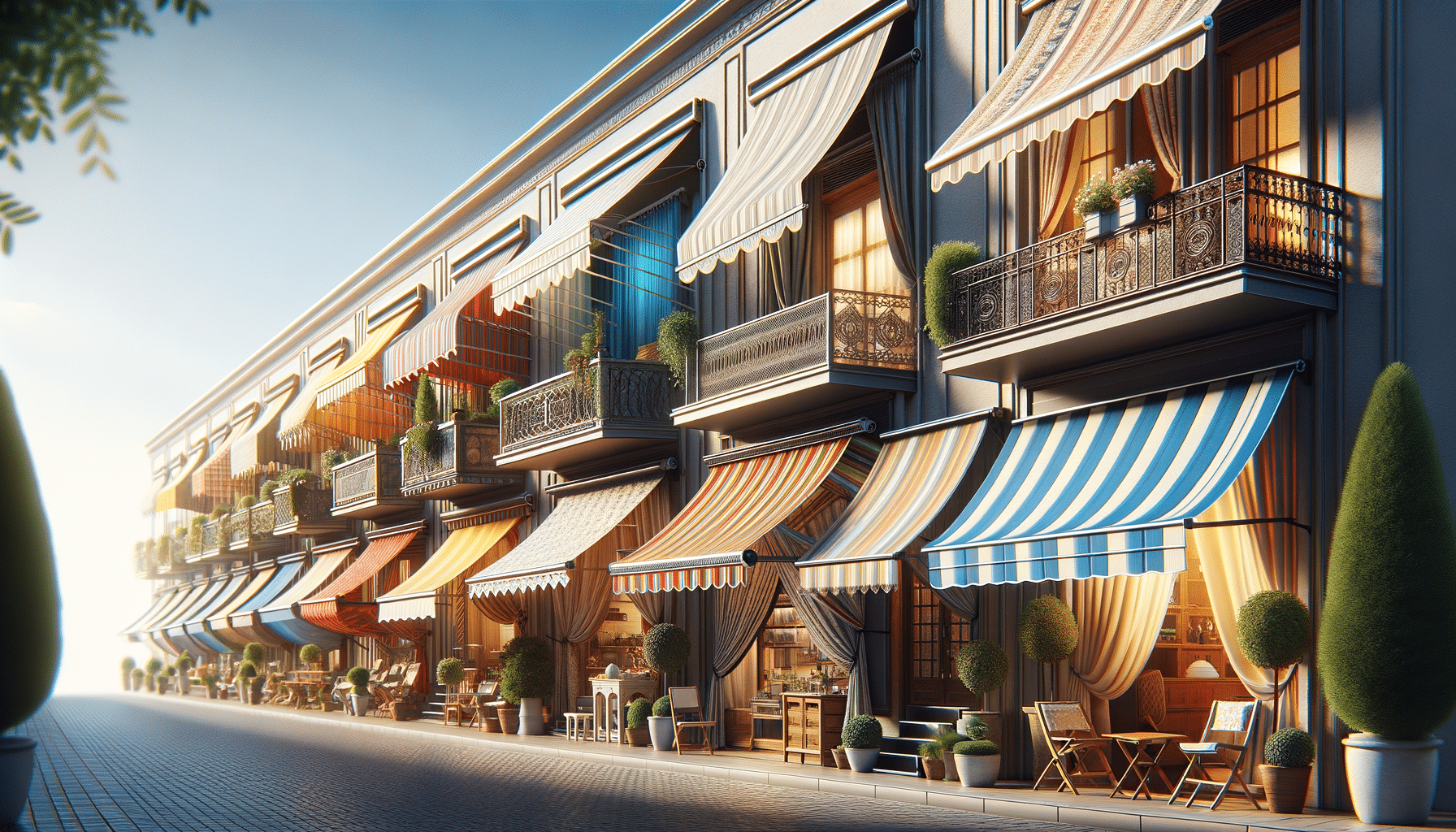
The Rise of Eco-Friendly Homes: Trends to Watch
As environmental concerns grow, more homeowners are turning to eco-friendly solutions, transforming the real estate market with sustainable innovations.
Understanding Eco-Friendly Homes
Eco-friendly homes are designed with sustainability at their core, focusing on energy efficiency, reduced waste, and minimal environmental impact. This trend is not just about adopting solar panels or improved insulation; it’s about a holistic approach to living sustainably. According to the U.S. Green Building Council, green buildings can reduce energy use by up to 30%, offering both environmental and financial benefits.
Key Trends in Eco-Friendly Homes
- Energy Efficiency: Modern eco-homes incorporate energy-efficient appliances and smart home technologies. These innovations help in monitoring and reducing consumption.
- Sustainable Materials: Builders are now opting for renewable materials such as bamboo or recycled steel, which are as durable as traditional materials but have a lower environmental footprint.
- Water Conservation: Features like rainwater harvesting systems and low-flow fixtures help in significantly reducing water usage.
- Indoor Air Quality: The use of non-toxic paints and materials ensures healthier indoor environments, reducing risks associated with volatile organic compounds (VOCs).
Expert Insights
“Sustainable homes are no longer a niche market; they are becoming mainstream,” says Michelle Moore, CEO of Groundswell. “Consumers are increasingly aware of their environmental impact, and the demand for green homes is a testament to this shift.”
Personal Stories of Change
Consider the journey of Samuel, who decided to retrofit his 1980s home with eco-friendly solutions. By adding solar panels and switching to LED lighting, Samuel saw a 40% reduction in his energy bills within the first year. His commitment to sustainability not only saved money but also inspired his entire neighborhood to explore similar upgrades.
Actionable Tips for Your Eco-Friendly Home
- Start with an energy audit to identify areas for improvement.
- Invest in solar panels or alternative renewable energy sources.
- Opt for energy-efficient appliances and smart thermostats.
- Use sustainable and recycled building materials for renovations.
- Improve insulation to maintain indoor temperature and reduce energy needs.
Resources for Further Exploration
For more information on sustainable building practices, visit the U.S. Green Building Council or check out resources available on ENERGY STAR.
Frequently Asked Questions
What are the benefits of an eco-friendly home?
Eco-friendly homes reduce energy consumption, lower utility bills, and have a smaller environmental footprint, contributing to a healthier planet.
How can I make my existing home more eco-friendly?
Start by improving insulation, using energy-efficient appliances, and incorporating renewable energy sources like solar panels.
Are eco-friendly homes more expensive?
While initial costs can be higher, the long-term savings on energy bills and potential tax incentives often balance out the expense.
What is the role of technology in sustainable homes?
Technology plays a crucial role in monitoring and optimizing energy usage, making homes smarter and more efficient.
Conclusion
The rise of eco-friendly homes is a clear indicator of a broader shift toward sustainable living. By adopting these trends, homeowners not only contribute to environmental conservation but also enjoy the personal benefits of reduced energy costs and healthier living spaces. As this movement grows, staying informed and taking actionable steps can make a substantial difference. Whether you’re building anew or retrofitting an existing property, embracing eco-friendly practices is a promising path towards a sustainable future.


